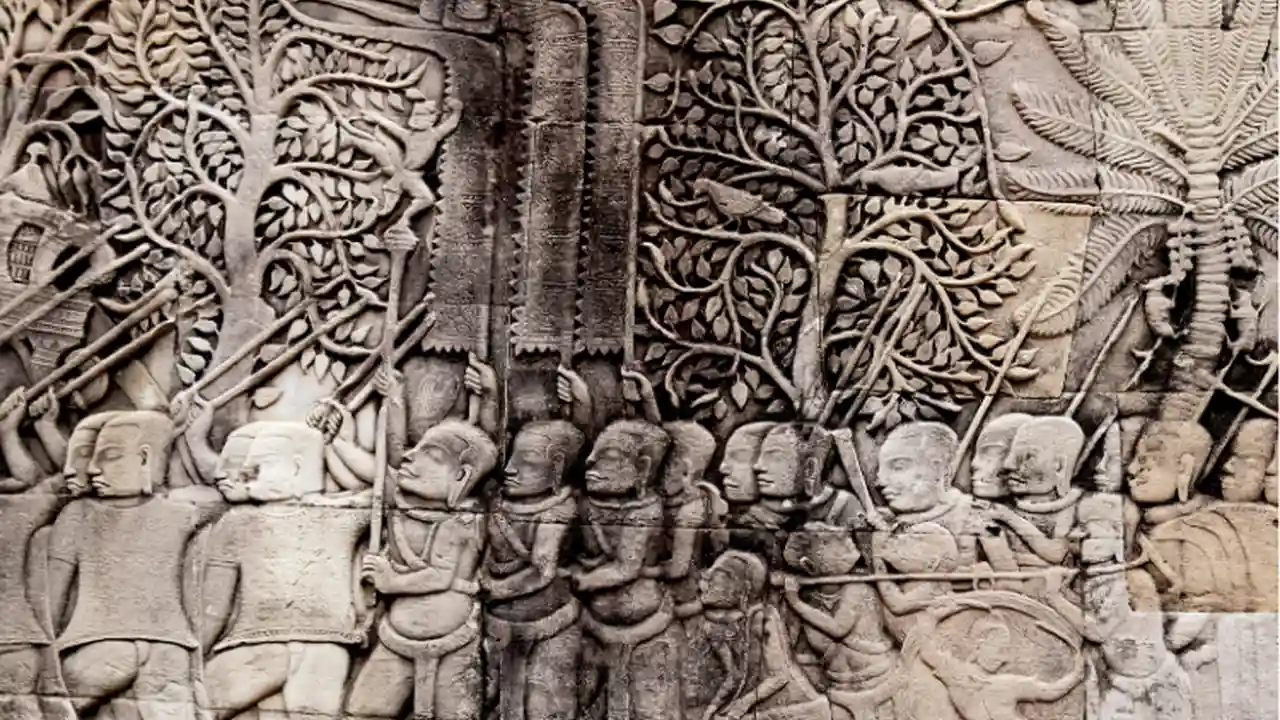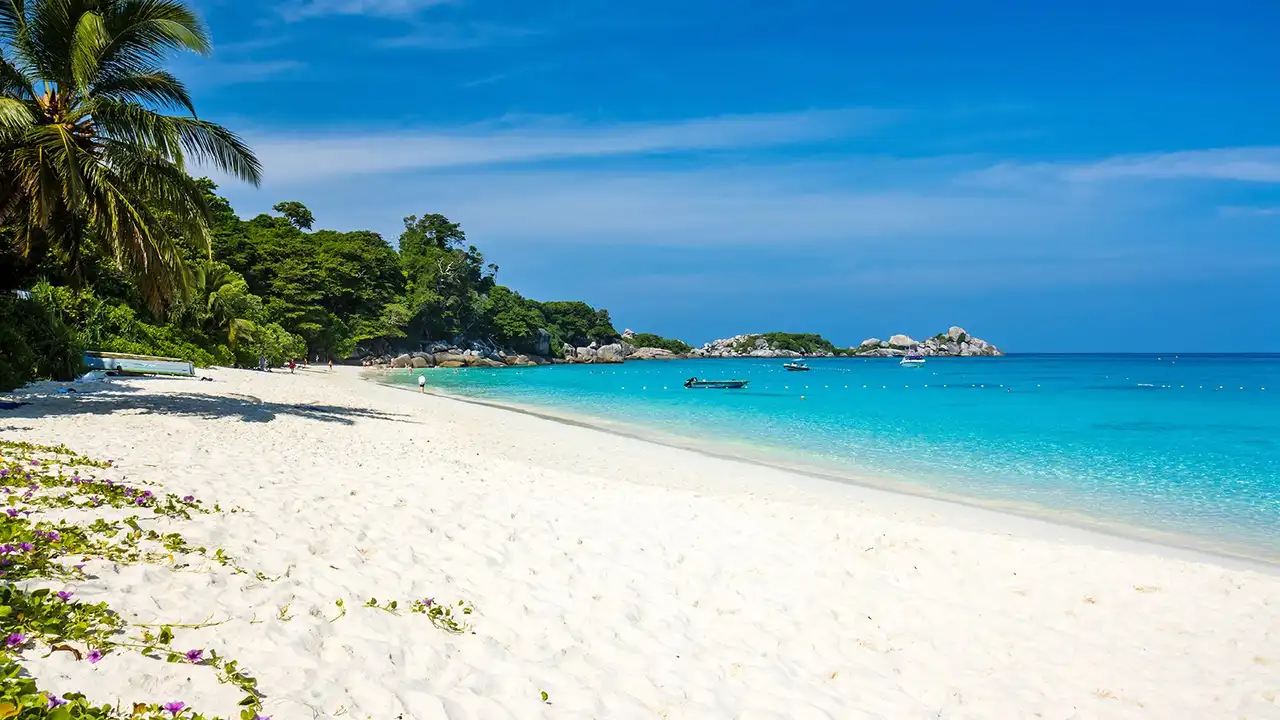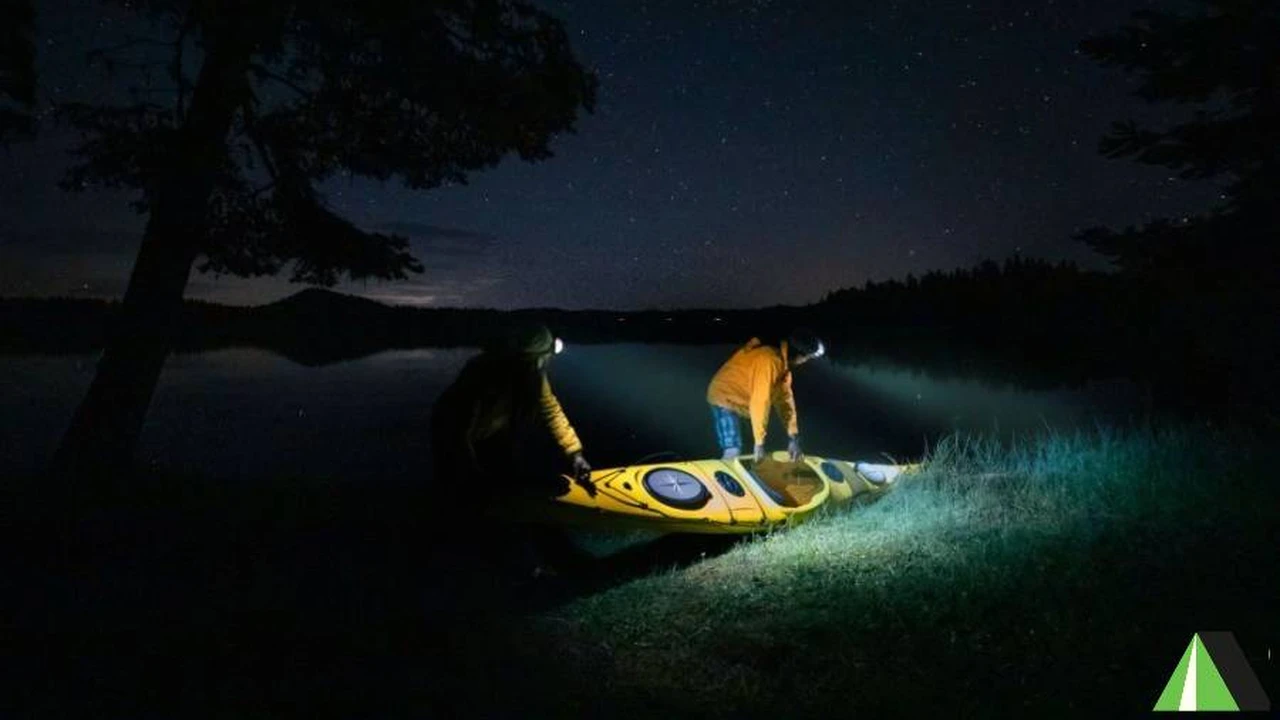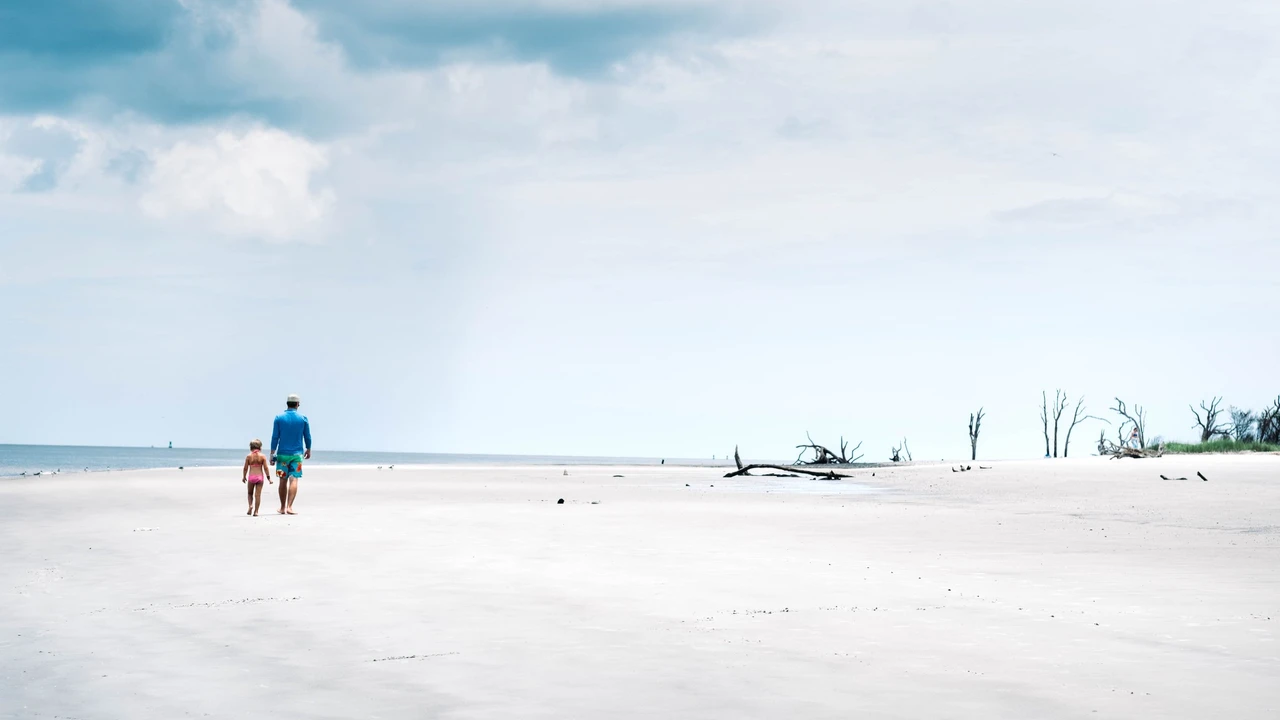Exploring Ancient Temples of Angkor Wat
Exploring Ancient Temples of Angkor Wat: Journey through the ancient temples of Angkor Wat in Cambodia. We provide a guide to the must-see temples, history, and tips for exploring this UNESCO World Heritage site. Immerse yourself in the rich history and culture of Angkor.

Angkor Wat History and Significance
Okay, so Angkor Wat. It’s not just a bunch of old rocks, right? This place is *ancient*. We're talking 12th century ancient, built by King Suryavarman II. Think about that for a second. It was originally dedicated to the Hindu god Vishnu, but later transformed into a Buddhist temple. That’s like, a whole religious flip! It's the largest religious monument in the world, seriously impressive. It's also a symbol of Cambodia, appearing on their national flag. So, yeah, it's kind of a big deal.
Must-See Temples within Angkor Archaeological Park
Angkor Wat is the main attraction, obviously, but there's SO much more to see. The whole area is called the Angkor Archaeological Park, and it’s massive. Here are a few spots you absolutely can't miss:
- Angkor Thom: This is a walled city within the park. Think of it as the capital city back in the day.
- Bayon Temple: Located in Angkor Thom, Bayon is famous for its massive stone faces. Seriously, hundreds of them! It's super creepy and cool at the same time.
- Ta Prohm (The Tomb Raider Temple): This temple is famous for being taken over by the jungle. Huge trees are growing out of the ruins, making it super atmospheric. It’s where they filmed Tomb Raider, hence the name.
- Banteay Srei: Known as the \"Citadel of Women,\" this temple is smaller but incredibly detailed. The carvings are some of the finest in Angkor.
Best Time to Visit Angkor Wat and Siem Reap Weather
Timing is everything, people. The best time to visit Angkor Wat is during the dry season, which runs from November to April. The weather is cooler and less humid, making it way more comfortable to explore the temples. Plus, you're less likely to get rained on! Avoid the rainy season (May to October) if you can, because it can get super muddy and the humidity is brutal. Also, consider the shoulder seasons (November and April) for fewer crowds.
Angkor Wat Sunrise and Sunset: The Best Viewing Spots
Watching the sunrise or sunset over Angkor Wat is a must-do. It's a magical experience. For sunrise, head to the reflecting pools in front of the main temple. Get there early (like, *really* early) to snag a good spot. For sunset, try Phnom Bakheng. It's a hill with a temple on top, offering panoramic views. Be warned, it gets crowded!
Angkor Wat Dress Code and Cultural Etiquette
Respect the culture, okay? Angkor Wat is a religious site, so dress respectfully. Cover your shoulders and knees. No tank tops or short shorts. You might be turned away if you're not dressed appropriately. Also, be mindful of your behavior. Keep your voice down, avoid touching the carvings, and don't climb on the ruins. Common sense, really.
Getting Around Angkor Archaeological Park: Transportation Options
The Angkor Archaeological Park is huge, so you'll need some wheels. Here are your options:
- Tuk-tuk: This is the most popular option. You can hire a tuk-tuk driver for the day to take you around. Negotiate the price beforehand.
- Taxi: Taxis are more expensive but more comfortable.
- Bike: If you're feeling adventurous, you can rent a bike. Just be prepared for the heat and the distances.
- E-bike: A good middle ground. Gives you more range than a regular bike without the cost of a taxi.
Angkor Wat Photography Tips: Capturing the Perfect Shot
You're gonna want to take a ton of pictures, trust me. Here are a few tips for getting the best shots:
- Golden Hour: The hour after sunrise and the hour before sunset are the best times for photography. The light is soft and warm.
- Wide-Angle Lens: A wide-angle lens is great for capturing the scale of the temples.
- Zoom Lens: A zoom lens is useful for capturing details and wildlife.
- Patience: Wait for the crowds to clear before taking your shot. It might take a while, but it's worth it.
Angkor Wat Guided Tours vs. Exploring Independently
Should you hire a guide or explore on your own? That's the question. A guide can provide valuable insights into the history and culture of Angkor Wat. They can also help you navigate the park and avoid the crowds. However, exploring on your own gives you more freedom and flexibility. It really depends on your preference.
Where to Stay in Siem Reap: Accommodation Recommendations
Siem Reap is the town closest to Angkor Wat, and it has tons of accommodation options. Here are a few recommendations:
- Luxury: Raffles Grand Hotel d'Angkor, Park Hyatt Siem Reap
- Mid-Range: Memoire Palace Resort & Spa, Golden Temple Hotel
- Budget: Onederz Hostel Siem Reap, Mad Monkey Hostel Siem Reap
Delicious Cambodian Food in Siem Reap and Local Restaurants
Don't forget to try the local food! Cambodian cuisine is delicious. Here are a few dishes to try:
- Amok: A creamy coconut curry dish, often served in a coconut shell.
- Lok Lak: Stir-fried beef with tomatoes, onions, and a lime sauce.
- Khmer Curry: A milder version of Thai curry.
- Nom Banh Chok: Khmer noodles with a fish-based gravy.
Here are a few restaurant recommendations:
- Cuisine Wat Damnak: Fine dining with a focus on traditional Khmer cuisine.
- Khmer Grill Restaurant: A local favorite serving authentic Cambodian dishes.
- Marum: A training restaurant for disadvantaged youth, serving delicious food with a purpose.
Protecting Yourself: Travel Insurance for Angkor Wat
Okay, let's talk about something not so fun: travel insurance. But seriously, don't skip this. You never know what might happen. Get travel insurance that covers medical expenses, trip cancellations, and lost or stolen belongings. World Nomads and SafetyWing are popular options for adventure travelers. It's better to be safe than sorry!
Angkor Wat Scams and How to Avoid Them
Unfortunately, scams are a reality in tourist destinations. Be aware of common scams in Angkor Wat and Siem Reap. Here are a few to watch out for:
- Gem Scams: People trying to sell you fake gems or jewelry.
- Shoe Scams: Offering to \"look after\" your shoes while you enter a temple, then demanding payment when you return.
- Child Beggars: While it's heartbreaking, giving money to child beggars can perpetuate the problem. Support local organizations that help children instead.
To avoid scams, be cautious, do your research, and don't be afraid to say no.
Recommended Gear and Products for Exploring Angkor Wat
Alright, let's get practical. What should you bring with you when exploring Angkor Wat?
- Comfortable Walking Shoes: You'll be doing a lot of walking, so comfortable shoes are a must. I personally swear by my Merrell Moab 2 Vent hiking shoes. They're breathable, durable, and provide great support. They retail for around $100. Alternatively, if you want something a bit lighter, consider Teva sandals. They're great for hot weather and are also water-friendly. They're usually around $50.
- Lightweight and Breathable Clothing: It's hot and humid in Cambodia, so pack lightweight and breathable clothing. Linen and cotton are good choices. I love my Columbia Silver Ridge Lite long-sleeve shirt. It's lightweight, moisture-wicking, and provides sun protection. It goes for about $40.
- Sunscreen: Protect your skin from the strong sun. I recommend Neutrogena Ultra Sheer Dry-Touch Sunscreen. It's oil-free and provides broad-spectrum protection. A bottle costs about $10.
- Insect Repellent: Mosquitoes can be a problem, especially during the rainy season. Use insect repellent containing DEET. I use Sawyer Products Premium Insect Repellent. It provides long-lasting protection and is effective against mosquitoes and ticks. It sells for around $8.
- Water Bottle: Stay hydrated by carrying a reusable water bottle. I love my Hydro Flask. It keeps water cold for hours and is durable enough to withstand travel. A 32-ounce bottle costs around $40.
- Portable Charger: You'll be taking a lot of pictures and using your phone for navigation, so bring a portable charger. I recommend Anker PowerCore 10000. It's compact and can charge your phone several times. It's priced around $25.
- Headlamp: Essential for sunrise viewing at Angkor Wat. The Black Diamond Spot 350 headlamp is a great option, offering a bright beam and comfortable fit for around $40.
Angkor Wat Itinerary Suggestions
Here are a few itinerary suggestions for exploring Angkor Wat:
- One Day: Focus on Angkor Wat, Angkor Thom (Bayon Temple), and Ta Prohm.
- Two Days: Add Banteay Srei and Phnom Bakheng to your itinerary.
- Three Days: Explore more remote temples like Beng Mealea and Koh Ker.
Remember to start early to avoid the crowds and the heat.
Angkor Wat: Is It Worth It?
Absolutely! Angkor Wat is an incredible experience. It's a must-see destination for anyone interested in history, culture, and adventure. Just be prepared for the crowds, the heat, and the scams. But trust me, it's worth it.
:max_bytes(150000):strip_icc()/277019-baked-pork-chops-with-cream-of-mushroom-soup-DDMFS-beauty-4x3-BG-7505-5762b731cf30447d9cbbbbbf387beafa.jpg)





